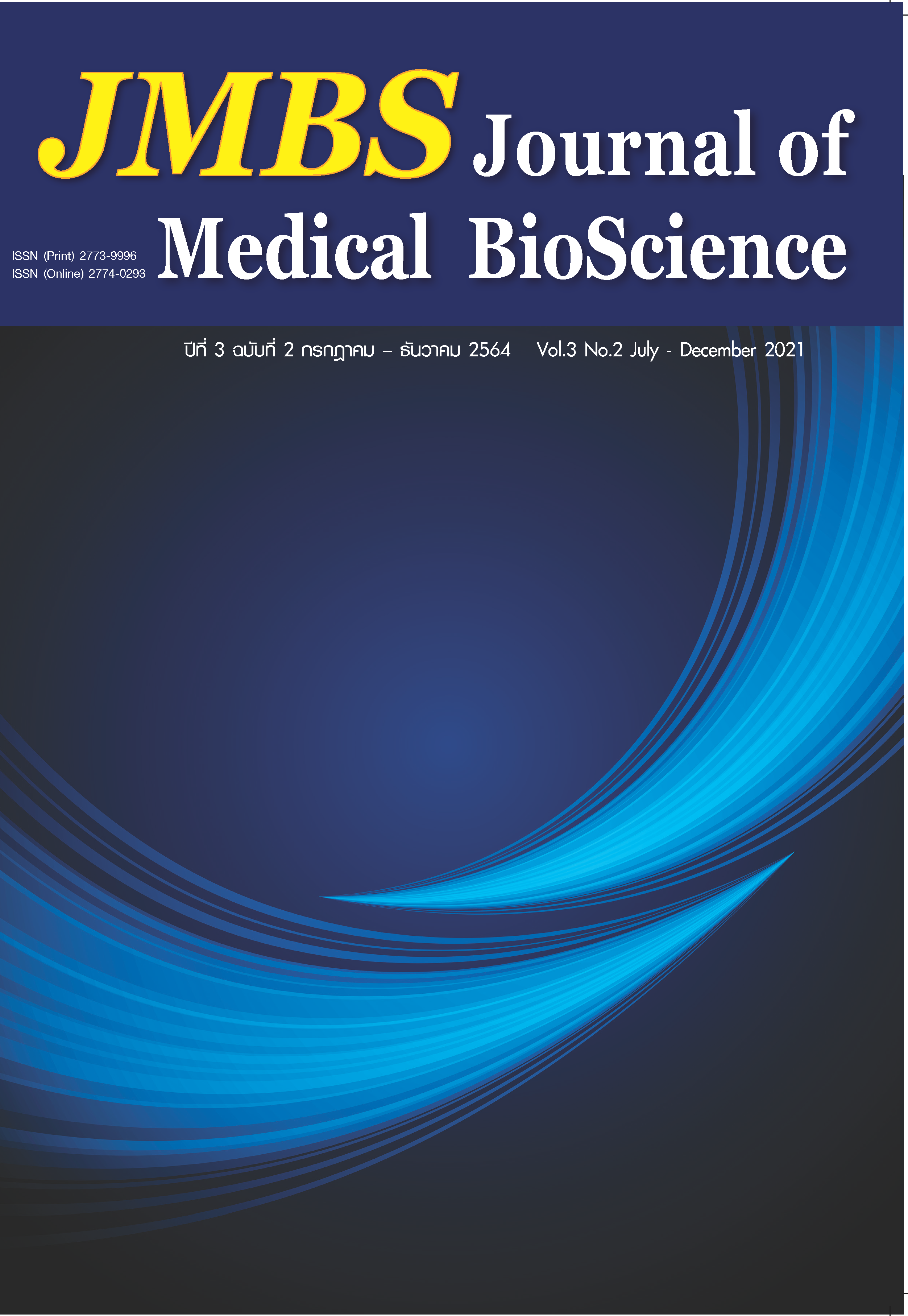Relationship between gender and mental health among undergraduate students
Keywords:
Gender, LGBT, mental health, undergraduate studentsAbstract
Background: Undergraduate students may experience mental health symptoms during university life. Individual and studying issues are crucial factors contributing to mental health. The vulnerable groups could develop mental health symptom s in a different way depending on their gender.
Objectives: The objective of this study was to explore gender and mental health among first-year undergraduate students and lesbian, gay, bisexual, transgender (LGBT) students. Also, we aimed to investigate the related factors between demographic data, gender, psychosocial wellbeing, and mental health.
Methods: Data were collected from 1,431 first-year students in Bangkok, including demographic questionnaires, sexual orientation and gender identity (SOGI), student psychosocial wellbeing scale (revised), and Thai mental health questionnaire (TMHQ) - modified short form. The related factors to students’ mental health were analyzed by Chi-square and Fisher’s exact test. The logistic regression was performed on the predictors of students’ mental health.
Results: Of these, most students had mental health symptoms (40.8%) and depression (34.2%), whereas a small proportion of them experienced anxiety (16.3%) and somatic symptoms (15.8%). Medium to low levels of psychosocial wellbeing could predict all mental health. Gender factors and the biological sex as female could predict depression and somatic symptoms while LGBT students had a higher risk of anxiety than other groups. For studying factors, faculty and students who had a low preference for their program could increase mental health problems. Moreover, the insufficient cost predicted depression and somatic symptoms (P < 0.05).
Conclusion: Almost half of the students had experienced at least one mental health symptom. One-third of them had symptoms of depression, especially in the bisexual group. Thus, the factor affecting mental health were cost adequacy, faculty, level of preference for the study program, and level of psychosocial wellbeing.






